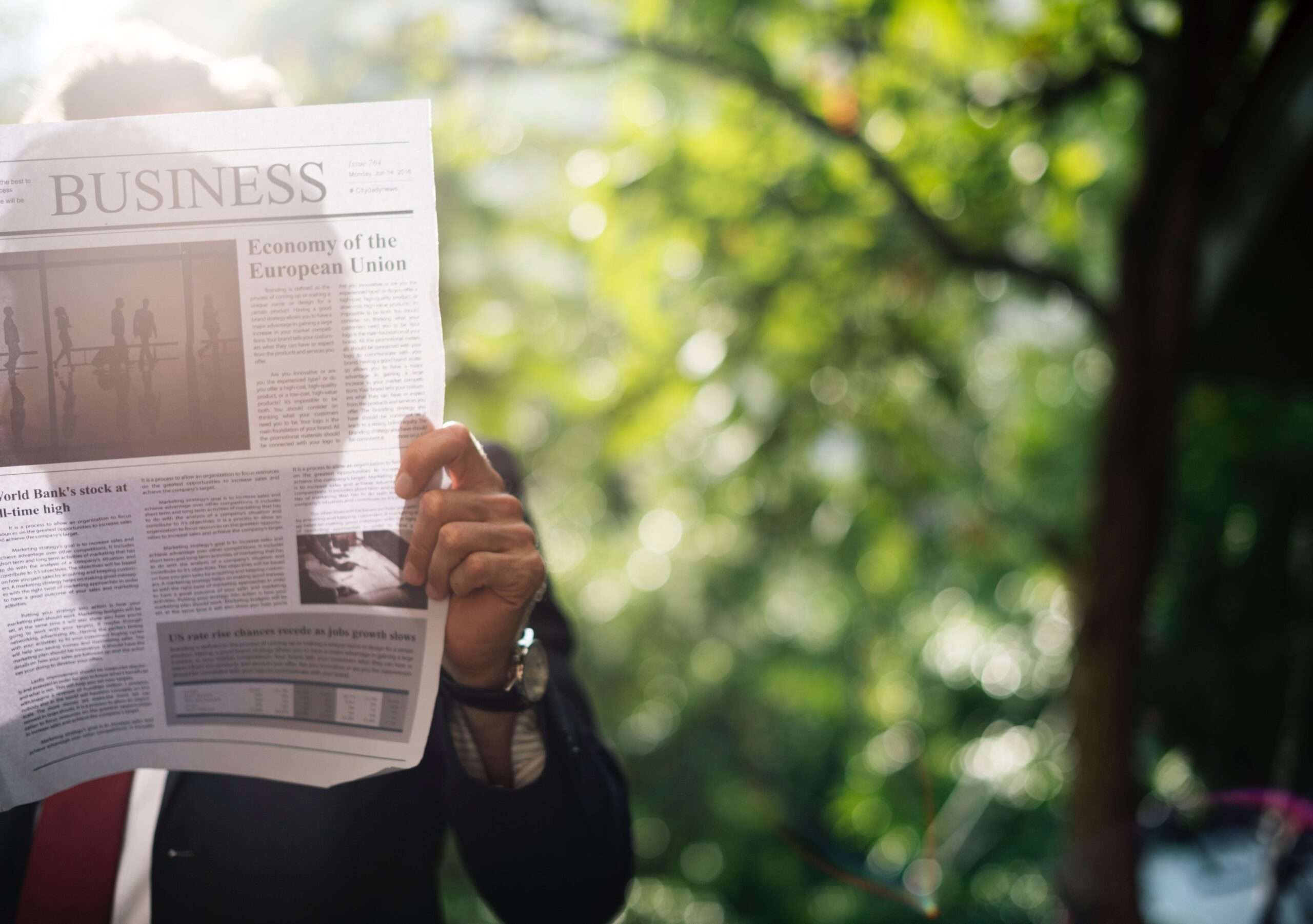5 Tips For Creating A Successful PR Strategy For Events
Effective Public Relations (PR) can generate sales and business leads, secure sponsorships, create awareness, and secure press coverage.
A successful PR strategy is deeply rooted in planning; there’s just no way around it. We have put together some tips on how to create a strategic PR plan around events to maximise your return on investment – whether you’re hosting a business gathering yourself or are attending or sponsoring a conference, tradeshow or industry exhibition.
1. Start early and go long
Achieving press coverage and maximising visibility ahead of an event is crucial in your public relations planning. To create attention around an upcoming event, set up your media meetings and interviews and plan your features and articles well in advance. Take note of lead times, press deadlines, and editorial calendars to effectively plan your content and PR campaign for the event.
As an example, for our client Future Hospitality Summit, we start working on the PR campaign about seven months ahead of the conference itself. We have one month of strategic PR planning; six months of pre-event PR; three days of onsite press office management during the event itself; followed by reporting and media coverage tracking.
2. Align your PR strategy with your company objectives
Your PR strategy needs to be anchored to the company’s objectives for the event with consistent messaging, relevant content, and proactive engagement with the media, industry professionals, and other stakeholders.
If your objective is to create awareness for your company’s presence or speaking opportunity at an event, you might choose to focus on relevant pre-event content and PR to promote your presence, if you’re looking to connect with stakeholders of a particular sector or market segment during the event, make sure to explore media opportunities that are aimed at this audience, and if you’re looking to build media relations, make sure to approach the official media that’s registered to attend the event.
3. Develop bespoke content
While you can use press releases to ensure a consistent flow of information to a wider target media list, make sure to distribute these to personal media contacts with an actual interest in the event. In our experience, mass press release distribution has very little effect.
Instead, focusing on developing bespoke content for key target media is much more worthwhile. This is harder work as it means having to acquire an in-depth knowledge of the event programme, the areas of expertise of your spokespeople and other speakers, the industry, as well as current trends and issues that impact both your target audience and target media.
Examples of bespoke content include:
– Profiling of your company’s key spokespeople as thought leaders in the industry through columns, Q&As, and radio and TV interviews.
– Providing teaser press releases with key findings by company spokespeople presenting at the event.
– Contributing to columns and editorials with input from your company spokespeople based on industry topics relevant to the event.
– Leveraging the relationships with partners, speakers, and sponsors at the event to create collaborative content, specialised features, articles, and Q&As.
– Participating in webinars and roundtables for live streaming on industry-relevant topics.

4. Take the creative route
If you are willing to put in the hard work and think outside the box, your company could be successful in its PR outcome and press coverage by pursuing some of these PR activities:
– Schedule meetings with key target editors to understand their content needs and how your company can support these, for instance in the form of exclusive interviews or features by the company’s spokespeople. Most editors are very appreciative of this collaborative effort.
– Create press releases drafted around industry issues that connect with the event to tie into themes being covered by media publications.
– Schedule personal interviews with target media during the event as well as press conferences and media briefings and ensure media attendance.
– Visit the onsite press office at the event to scope out opportunities with print and broadcast media attending the event.
– Keep your customers and followers on social media updated on your activities at the event.
5. Tips for choosing an agency for events PR
If you decide to employ a communications agency to handle your company’s event PR, look for one that’s willing to work as an extension of your team to consult, advise and proactively lead PR strategy and content development, rather than waiting passively for your briefings and directives.
As an agency, we have been successful with event PR for several clients based on the following:
– Creativity: Being creative in finding new ways to gain media exposure for our clients.
– Proactivity: Spotting the opportunities that appear throughout the campaign and responding proactively.
– Relationships: Being experienced communicators who can leverage relationships with stakeholders and media to gain maximum exposure.
– Connections: Cultivating our media relations and reaching beyond traditional publications.
By Cristina Kristensen, Director of Communications






 +971 4 455 8499
+971 4 455 8499

